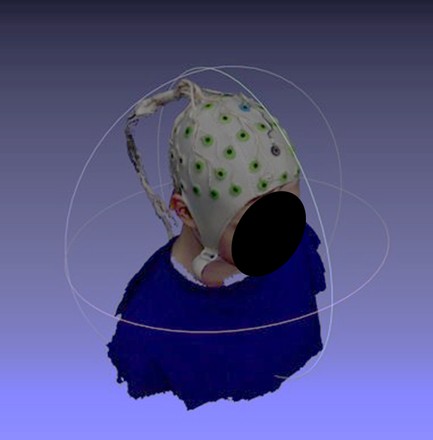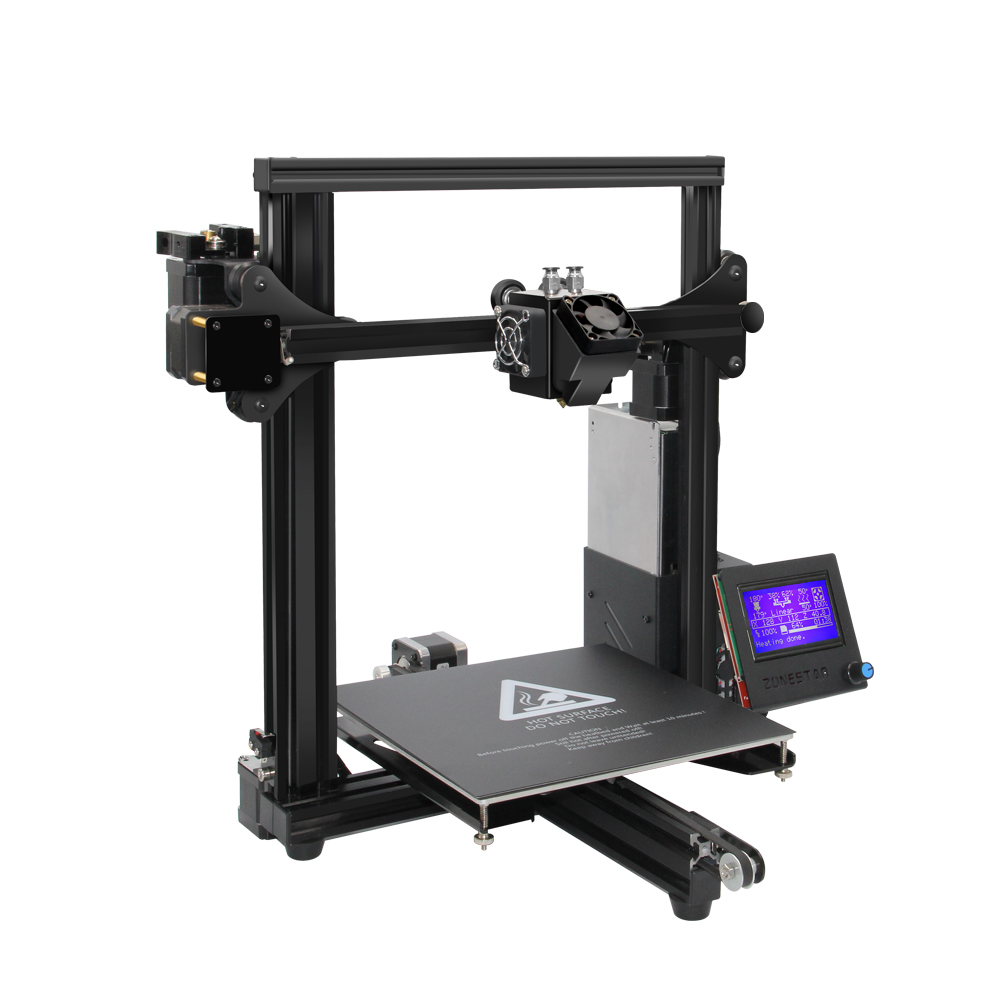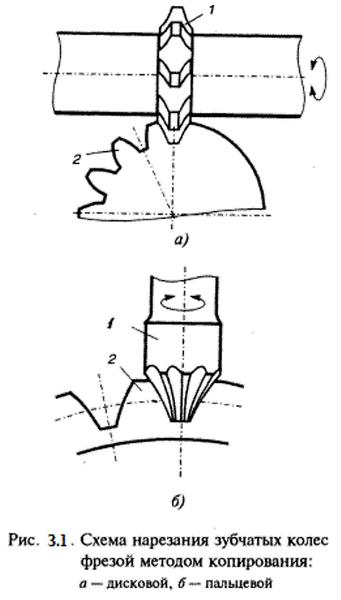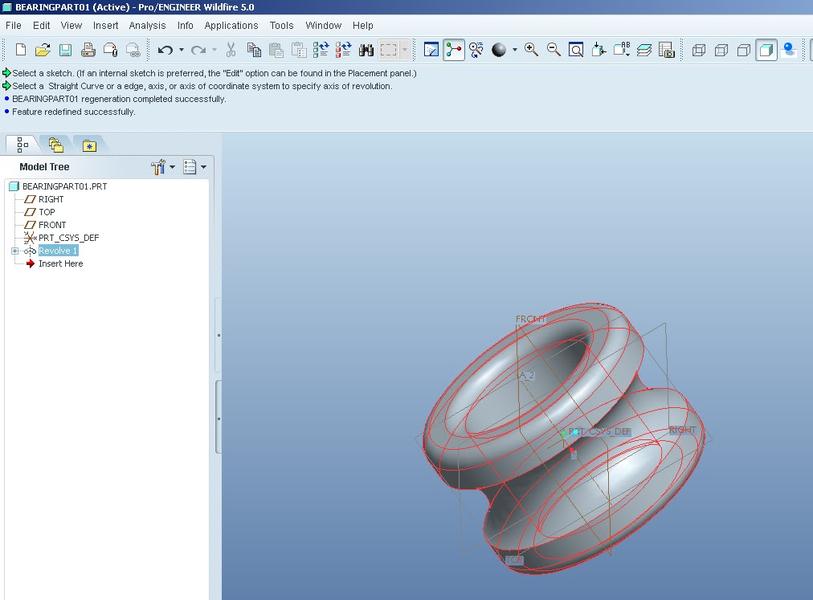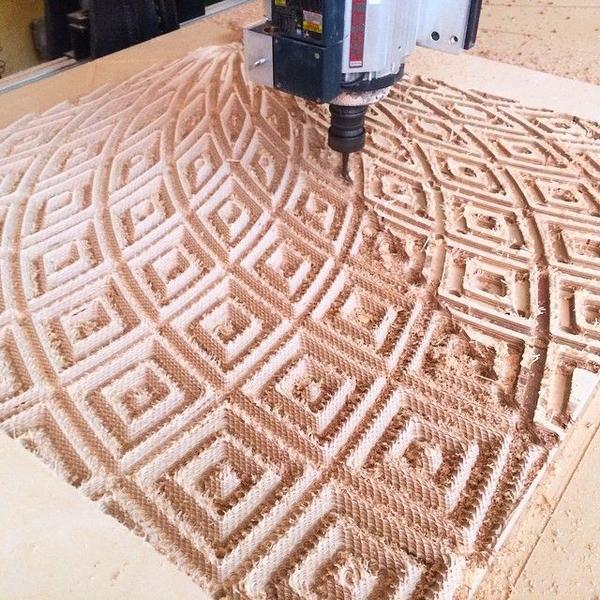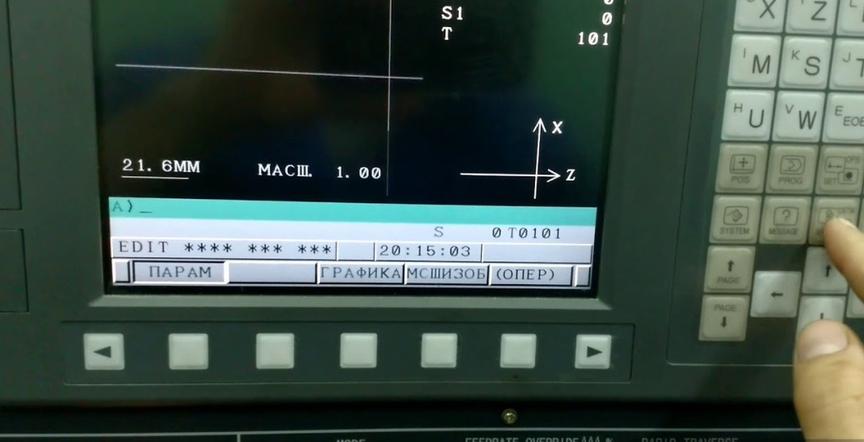3D scanning in healthcare: Nottingham University and Einscan H in focus
At Mintronics, we are excited to explore various exciting applications of 3D scanning that our esteemed clients use. One recent project that caught our attention involved the creative use of 3D scanning in the healthcare sector at the University of Nottingham. The application of Einscan H in the research and the positive results obtained were quite remarkable.
Application of 3D Scanning in Healthcare Organizations
When it comes to the use of 3D scanning in healthcare organizations, the University of Nottingham offers an intriguing example of its use. At the center of their focus is the joint registration of OPM-MEG sensor positions with a patient's MRI to reconstruct brain activity. This innovative approach opens up new possibilities in brain research.
Potential of 3D Scanning for Problem Solving
3D scanning technology offers solutions to a wide range of problems in the healthcare field. For example, OPM sensors are traditionally placed on the head in two ways.
Comparison of the Ease of Use of EinScan H with Other Scanners
According to the University of Nottingham team, Einscan H outperforms other scanners in various parameters. It boasts an improved color camera for scanning textures, and the ability to turn off flashing lights enhances the scanning convenience for small children and people with photic epilepsy.
Collaboration with Mintronics
Throughout the project, the University of Nottingham has enjoyed a fruitful collaboration with Mintronics. The team highly appreciated our willingness to hold several camera demonstrations to determine which one best suited their project. We also organized a week-long trial of the EinScan H camera to ensure its compatibility with their requirements. Our quick and informative responses to all inquiries became another highlight of our collaboration.
Universal Einscan H
In this project, the technical characteristics of Einscan H made it the optimal choice for scanning parts of the body, such as the human head. After collaborating with Shining3D, Einscan H demonstrated its adaptability, expanding its application beyond healthcare to architectural scanning for virtual reality. Thus, it confirmed the boundless potential of 3D scanning in real-world applications.
The text provided is primarily about the application of 3D scanning technology in healthcare organizations and the specific example of how the University of Nottingham has utilized this technology for brain research. The text also discusses the potential of 3D scanning in solving healthcare-related problems, the comparison of the Einscan H scanner with others, the collaboration between the University of Nottingham and Mintronics, and the universal capabilities of the Einscan H scanner.
